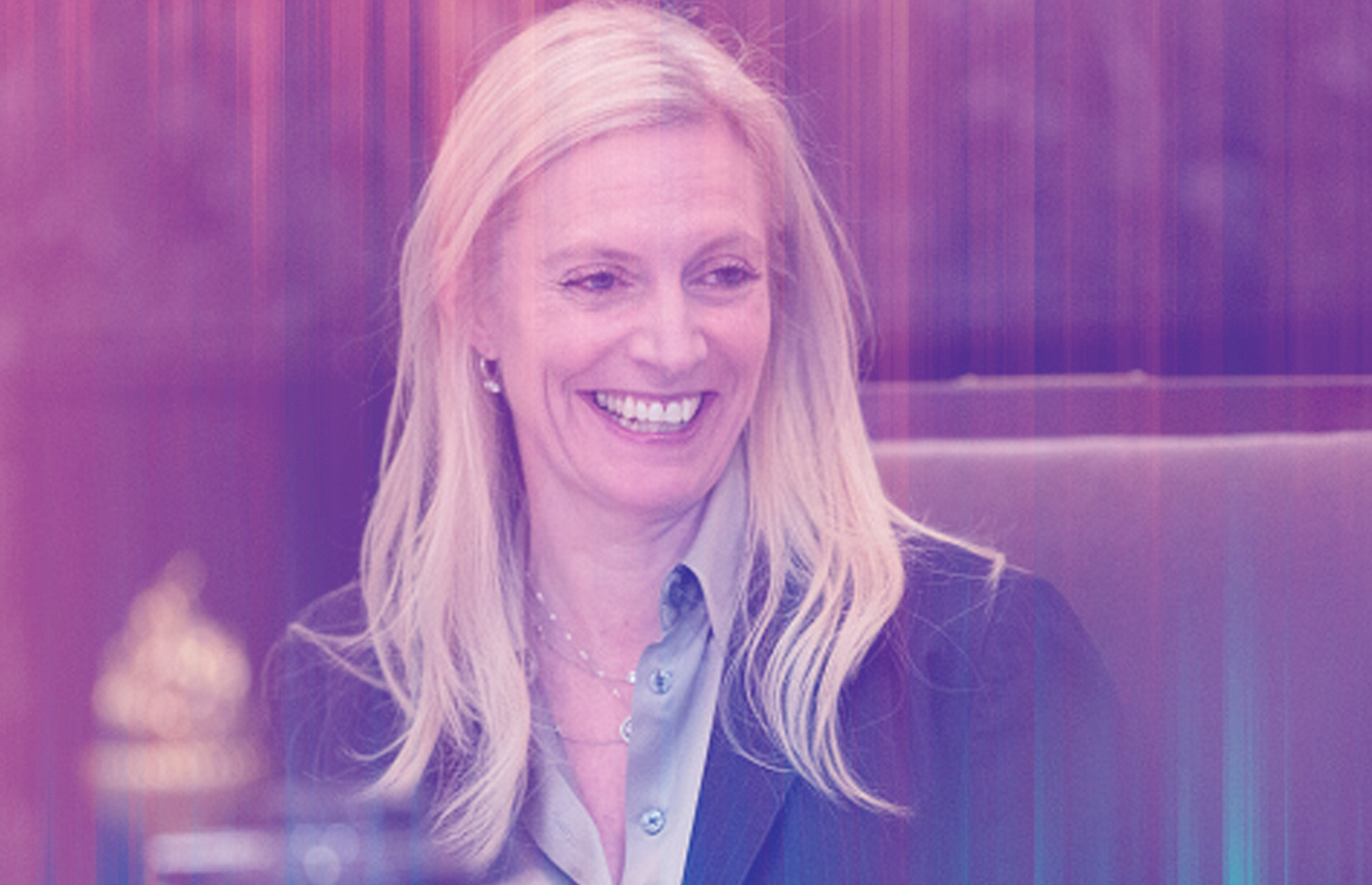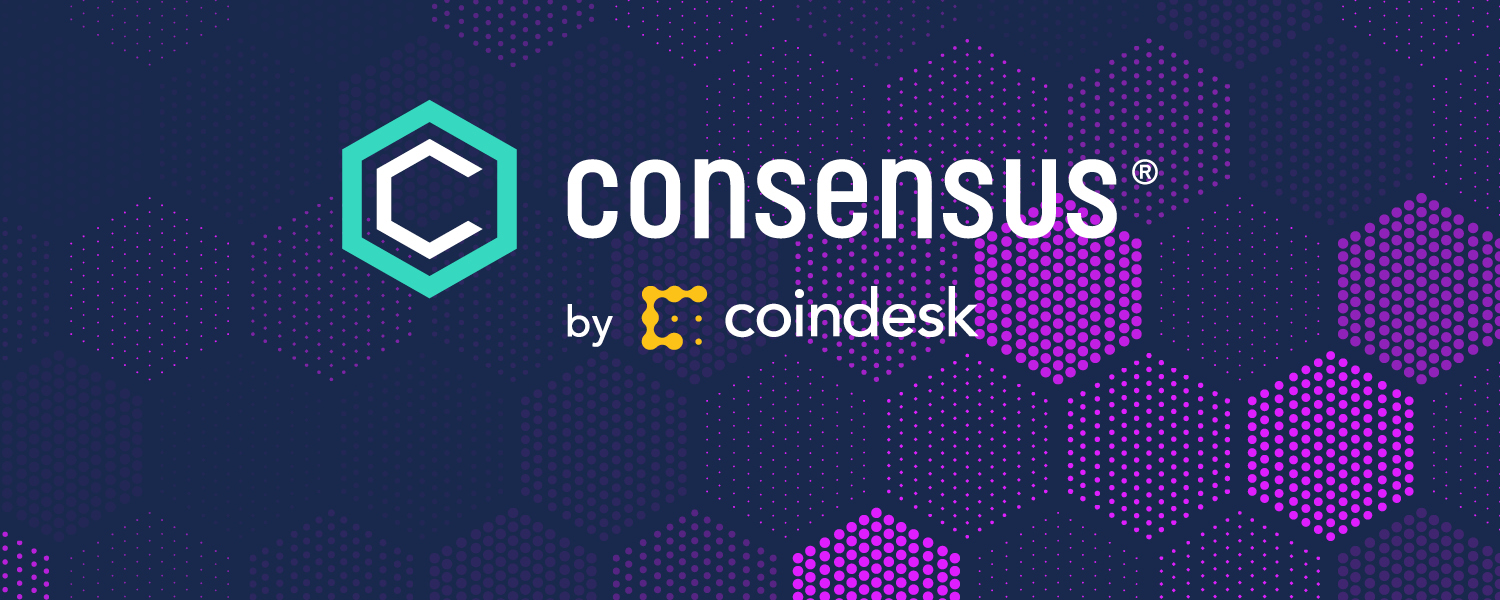
Fed's Brainard Breaks Down CBDC Policy Considerations, Sees Price Pressures Waning in the Future
Digital payments and the growth of private money are two factors helping drive an increasing focus on central bank digital currencies (CBDCs), said Federal Reserve Governor Lael Brainard.
A number of policy considerations remain before the U.S. can assess issuing a digital dollar, she said, speaking at CoinDesk’s Consensus 2021 on Monday. They include: preserving access to “safe central bank money,” increasing financial inclusion, payment and clearing efficiency, reducing cross-border frictions, complementing bank deposits and protecting both financial stability and personal privacy.
“I do believe that in the context where we maintain the role of safe central bank money as a foundation for the payment system, there’s a lot of room for competition and innovation to flourish,” she said.
While Brainard praised innovation, she said any regulatory framework must evolve and be shared across the different agencies with jurisdiction over the digital asset sector. Further, she said the U.S. should help develop the standards around cross-border payment systems, which CBDCs could provide.
“I do think some cryptocurrencies are very different, in some cases, from more traditional financial assets,” she said.
In prepared remarks, she said distributed ledger technology could lower costs, but digital assets also pose risks to cybersecurity, privacy and money laundering concerns.
The longtime public official, who served in the U.S. Treasury Department prior to her role at the central bank, has warned regulators to pay attention to the digital-asset space for years, well before many agencies began taking an active role in the industry.
Brainard revealed in 2020 that the Boston branch of the Fed was researching central bank digital currencies (CBDC) with the MIT Digital Currency Initiative. The branch is expected to publish its first report on this research later this summer.
“Unlike central bank fiat currencies, stablecoins do not have legal tender status," Brainard said in Monday’s speech. "Depending on underlying arrangements, some may expose consumers and businesses to risk."
Brainard also warned that the growth of private monies might prove detrimental to the U.S. payment system, which would in turn raise costs for businesses or households.
She likened this risk to the wildcat banking activities of the 19th century in the U.S., when private entities issued their own paper money. The era is associated with inefficiency and fraud, she said.
"It is not obvious that new forms of private money that reference fiat currency, like stablecoins, can carry the same level of protection as bank deposits or fiat currency," she said.
Public-private partnerships
The Federal Reserve Bank of Boston plans to publish its first white paper detailing its research around central bank digital currencies this summer, Brainard confirmed.
“The Federal Reserve Bank of Atlanta is launching a public–private sector collaboration as a Special Committee on Payments Inclusion to ensure that cash-based and vulnerable populations can safely access and benefit from digital payments,” Brainard said, referring to an announcement the central bank branch made earlier this month.
Similarly, the Federal Reserve Bank of Cleveland is examining how a CBDC can boost financial inclusion.
This effort will identify different features and approaches that can enable people locked out of traditional financial services to access them, she said.
In response to a question from moderator and CoinDesk Chief Content Officer Michael Casey, Brainard said she is paying attention to how other countries like China are developing their own CBDCs.
“The issuance of a CBDC in one jurisdiction … does potentially have significant effects across the globe,” she said. “And so it’s very important for us to follow many central banks’ progress on CBDCs.”
Private monies
Brainard also warned that the growth of private monies might prove detrimental to the U.S. payment system, which would in turn raise costs for businesses or households.
“Unlike central bank fiat currencies, stablecoins do not have legal tender status. Depending on underlying arrangements, some may expose consumers and businesses to risk,” Brainard said in Monday’s speech.
She likened this risk to the wildcat banking activities of the 19th century in the U.S., when private entities issued their own paper money. The era is associated with inefficiency and fraud, she said.
"It is not obvious that new forms of private money that reference fiat currency, like stablecoins, can carry the same level of protection as bank deposits or fiat currency," she said.
The public official also warned there have been historical risks with private monies.
“I think in a world where consumers and businesses retain access to a form of safe central bank money as part of that digital ecosystem, in fact we would see greater competition,” she said. “And that’s a good thing, it would be good to see a more dynamic, more innovative payment system foundation, a safe foundation that could provide greater opportunity for private sector participants to innovate.”
Inflation concerns
Brainard also addressed recent inflation data from April’s Consumer Price Index (CPI) report, which showed a 4.2% increase in prices since April 2020.
The Fed governor emphasized that supply chain bottlenecks and base effects were pushing up year-over-year inflation numbers, and that higher inflation numbers were expected from an unprecedented “surge in demand” as vaccinations allow Americans to participate in pre-pandemic activities.
“I would expect those price pressures associated with reopening and bottlenecks to subside over time,” Brainard said. “An important part is that longer term inflation expectations have been extremely well anchored.”
While the deflationary pressures that have caused the economy to miss the Fed’s inflation targets for years could change, a new “inflation dynamic” would appear over time, Brainard added.
“If we did see inflation above our goals persistently … we have tools and experience to gently guide inflation back down to target,” Brainard said. “No one should doubt our commitment to do so.”

UPDATE (May 24, 2021, 14:15 UTC): Updated with additional context.
DISCLOSURE
The leader in news and information on cryptocurrency, digital assets and the future of money, CoinDesk is a media outlet that strives for the highest journalistic standards and abides by a strict set of editorial policies. CoinDesk is an independent operating subsidiary of Digital Currency Group, which invests in cryptocurrencies and blockchain startups. As part of their compensation, certain CoinDesk employees, including editorial employees, may receive exposure to DCG equity in the form of stock appreciation rights, which vest over a multi-year period. CoinDesk journalists are not allowed to purchase stock outright in DCG.


